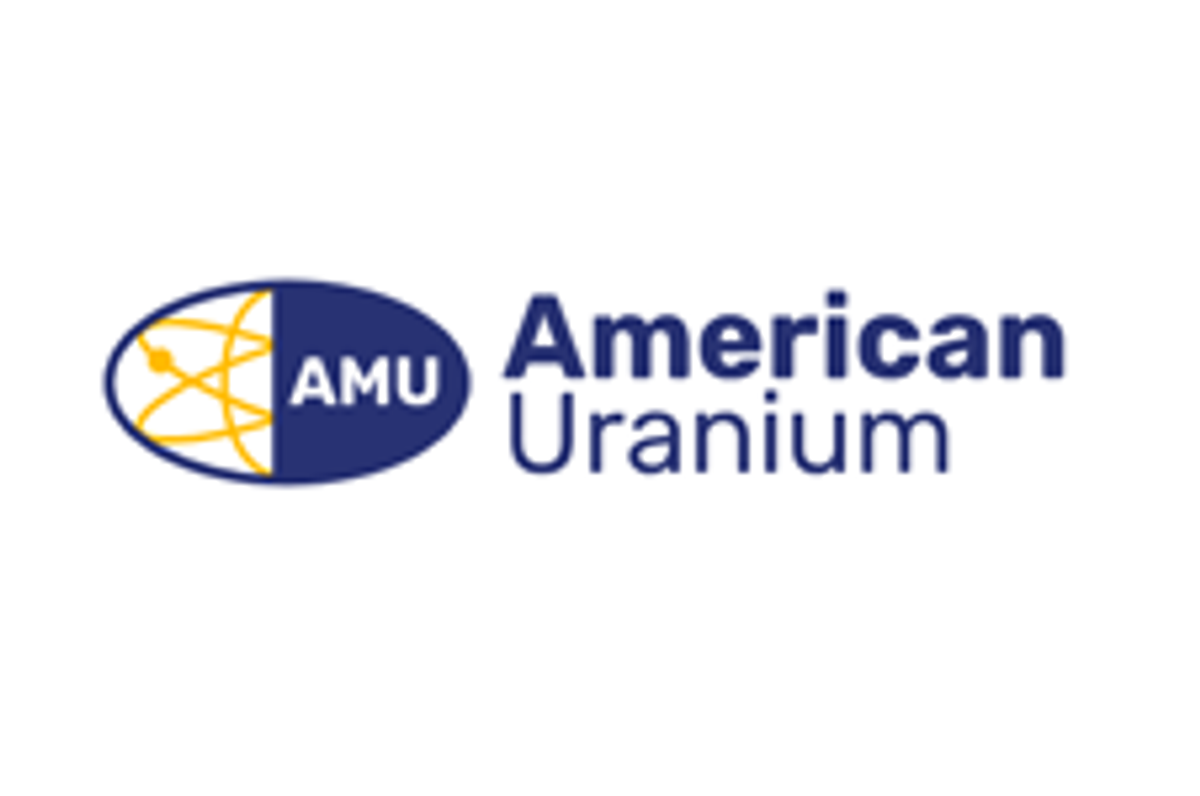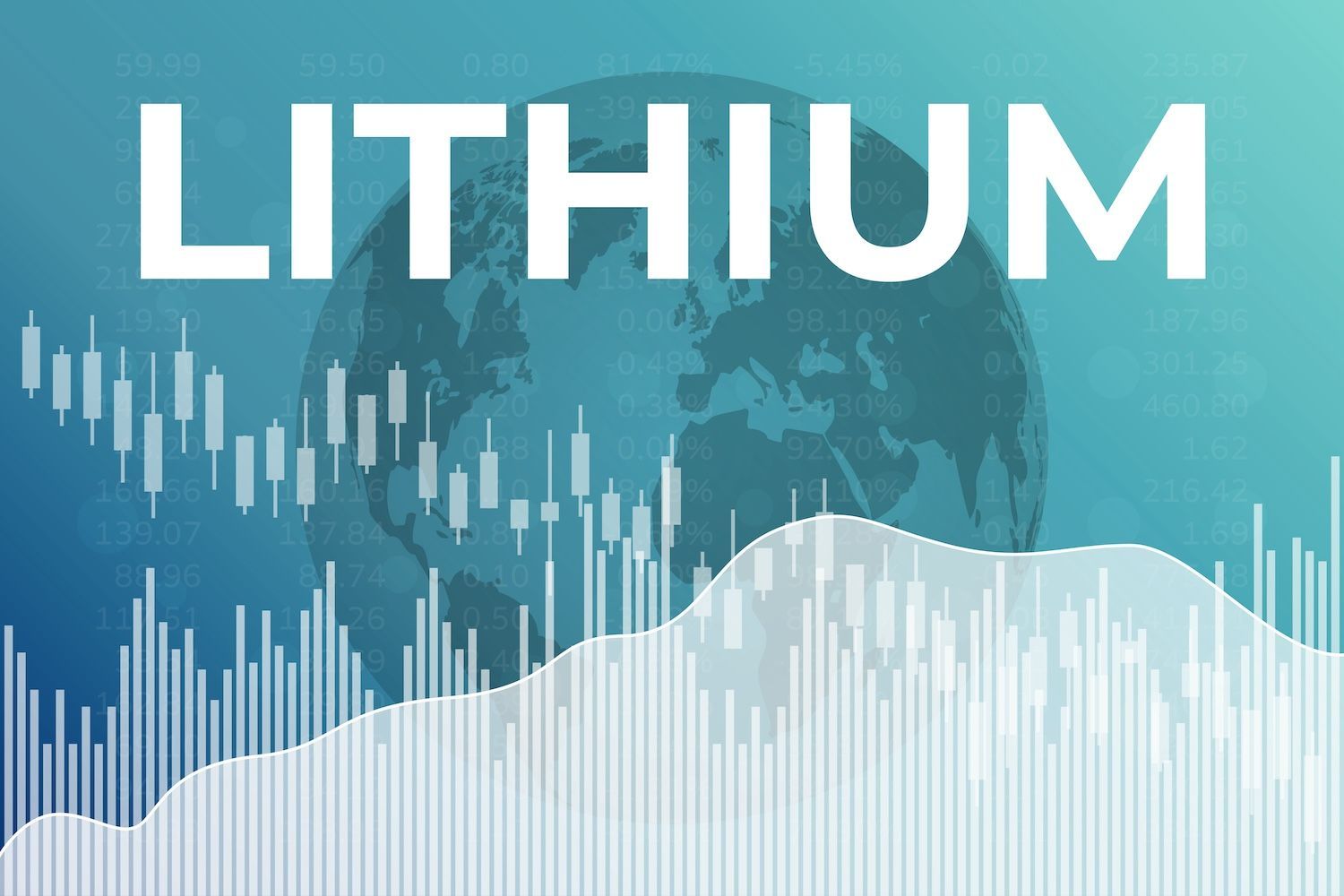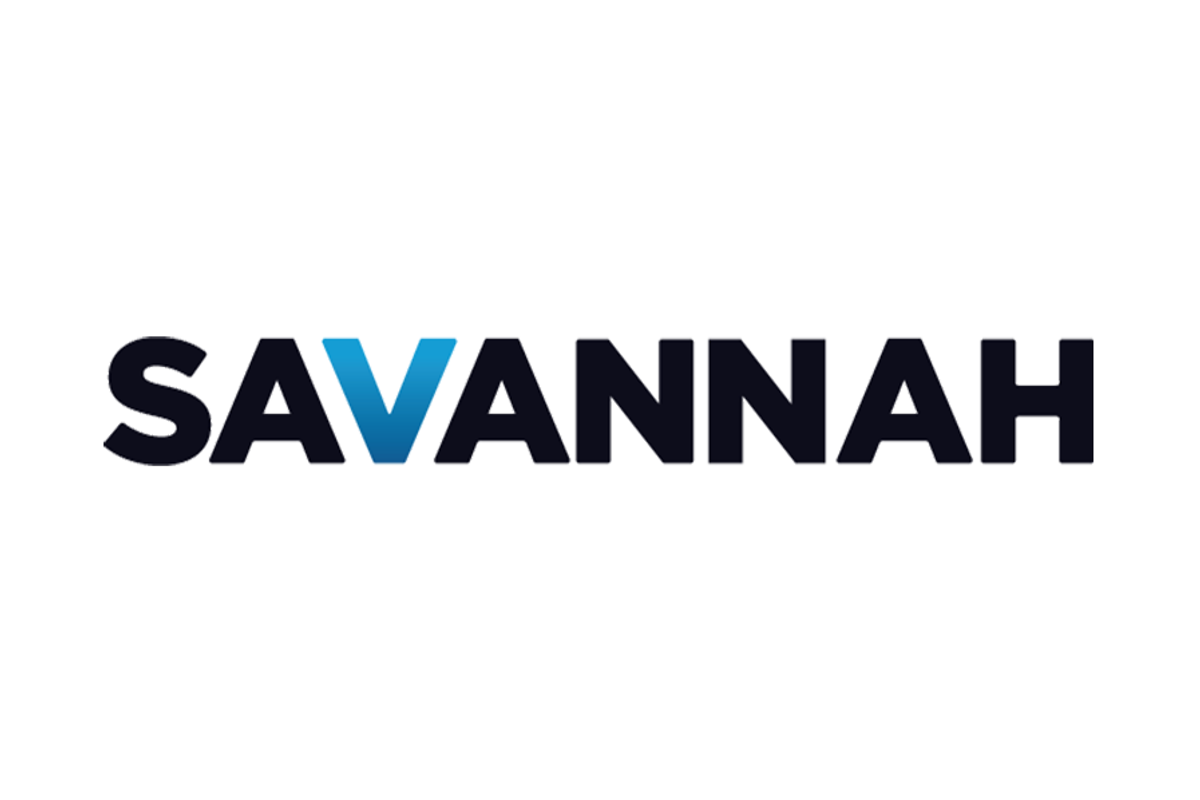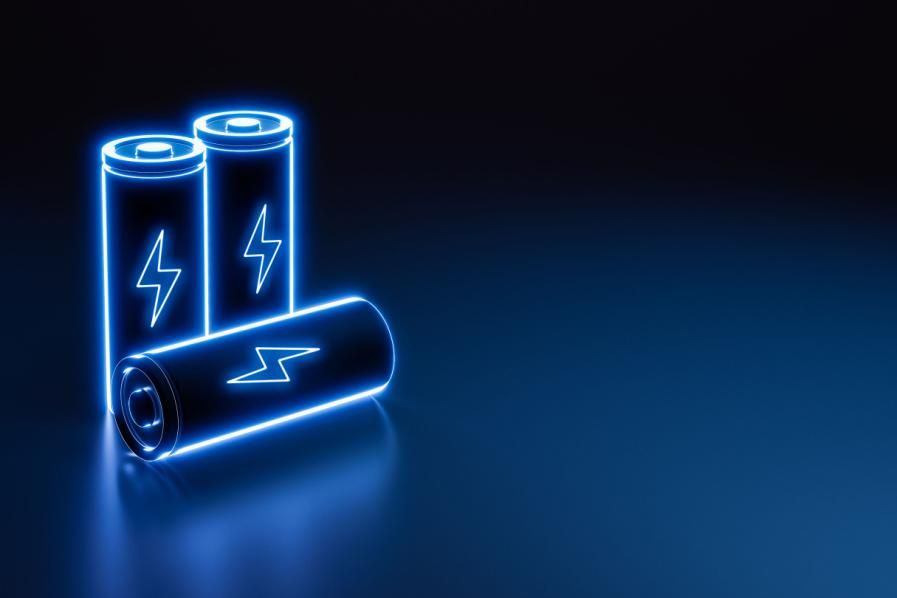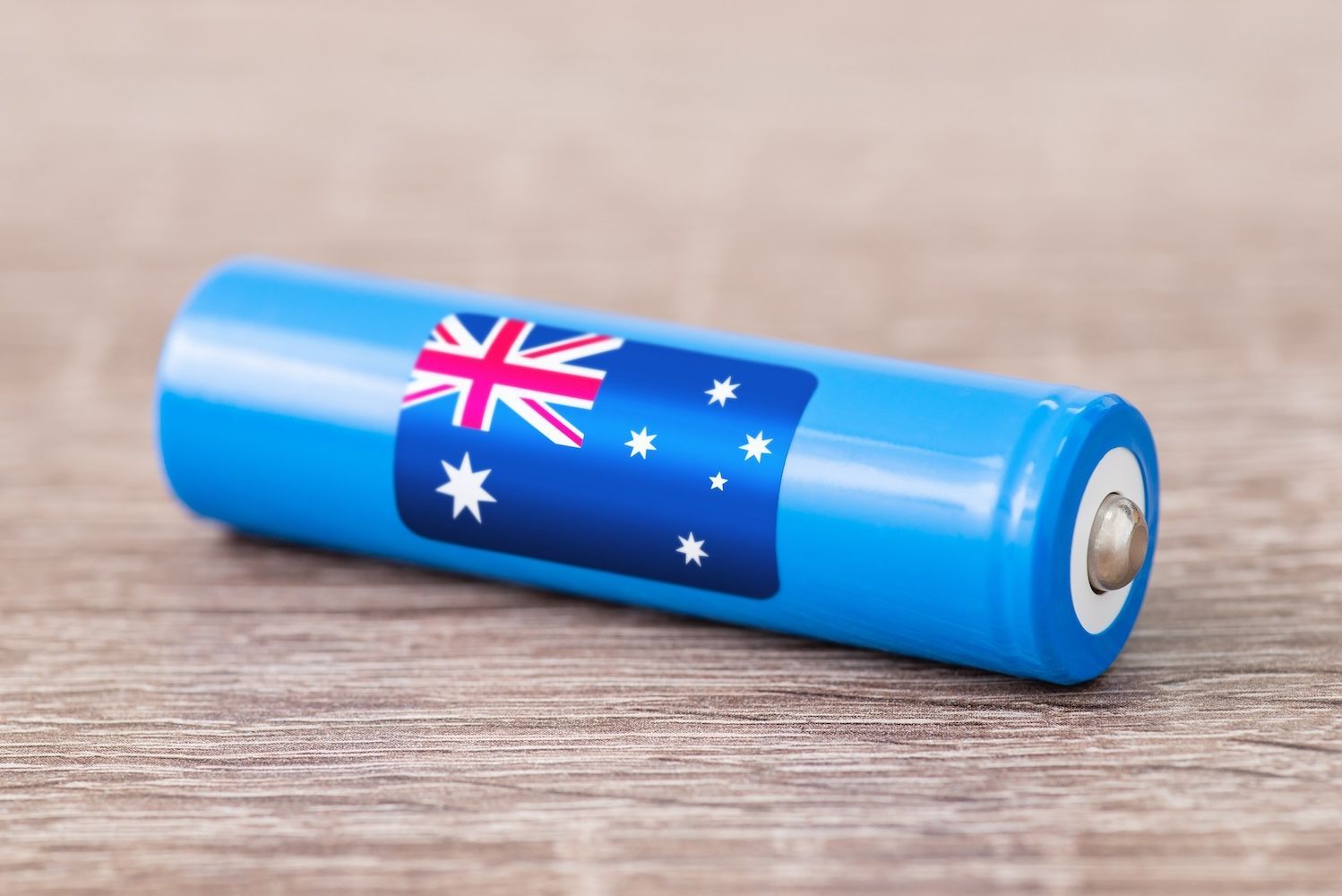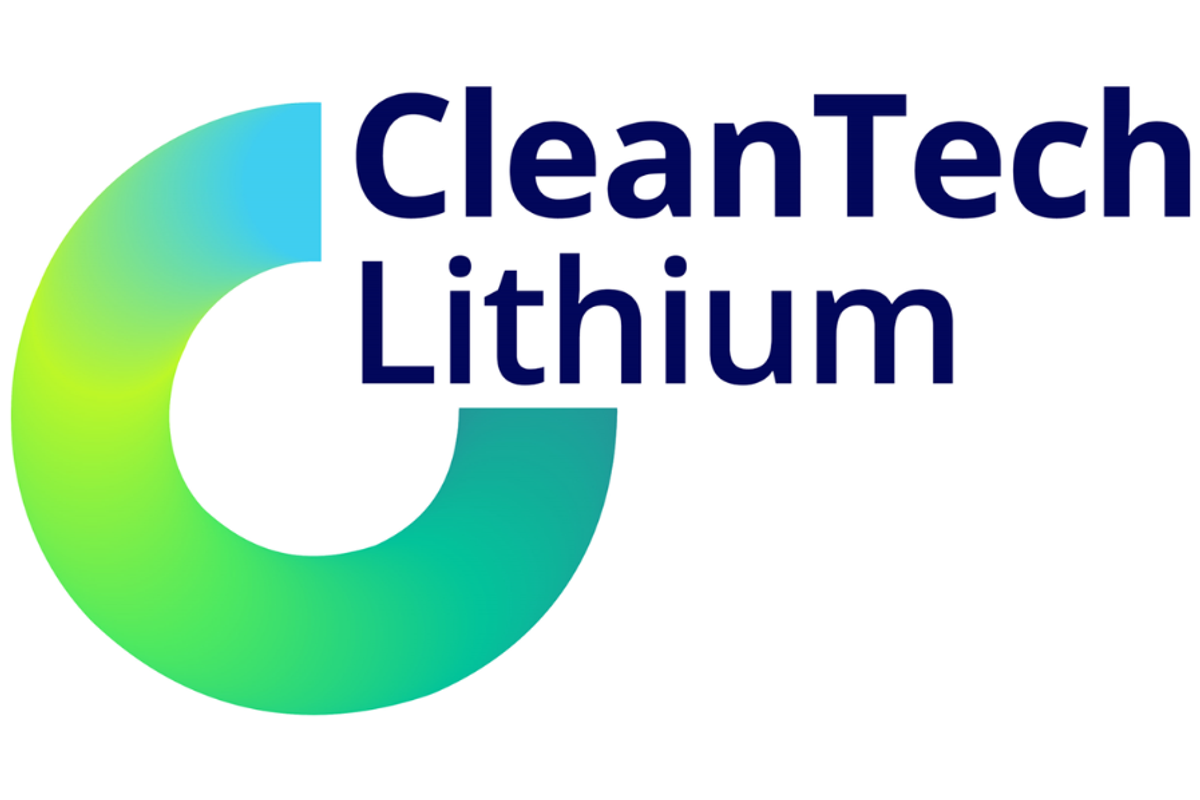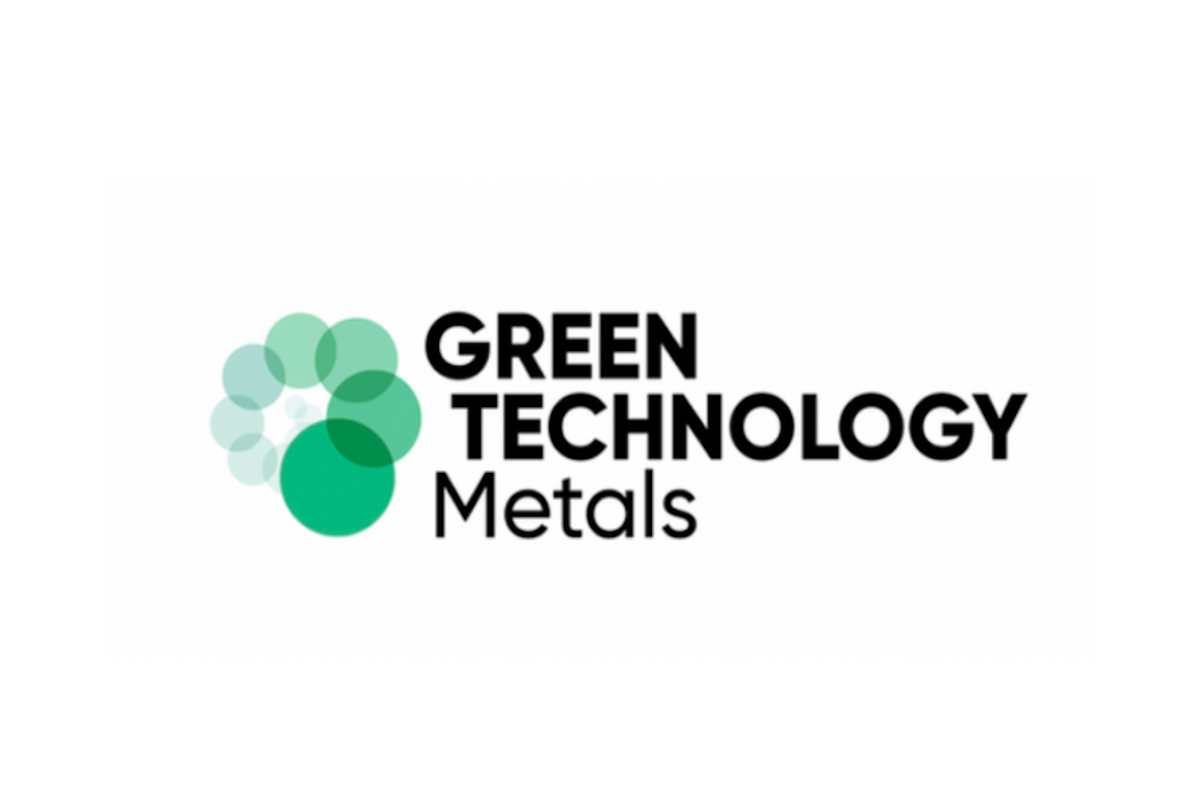
March 27, 2022
Ardiden Limited (ASX: ADV) (“Ardiden” or “the Company”) advises that Green Technology Metals Limited (ASX: GT1) has exercised its right to acquire a further 29% interest in the Lithium Joint Venture (“JV”) for the Seymour Lake, Root Lake and Wisa Lake assets in northwest Ontario, Canada.
Highlights:
- Green Technology Metals (ASX: GT1) exercises right to acquire a further 29% interest in Lithium JV
- $3.5M worth of GT1 shares issued to Ardiden as consideration, now holding ~$11.7M (or 6.47%) of GT1
- JV interest now 80% GT1 and 20% Ardiden, with Ardiden free carried to the earlier of completion of a positive Bankable Feasibility Study or Decision to Mine
- Ardiden focused on systematic gold exploration at its district scale Pickle Lake Gold Project in the wellendowed Uchi Geological Subprovince of north-west Ontario, Canada, where drilling is underway.
As outlined in the original agreement1 , in exchange for the additional 29% JV interest, GT1 has now issued 4,049,520 fully paid ordinary shares (“Shares”) to Ardiden valued at $3.5M based on the 5-day VWAP of GT1 shares up to and including 25 March 2022.
This payment will take the Lithium Joint Venture interests to 80% GT1 and 20% ADV, with Ardiden’s 20% interest continuing to be free carried by GT1 to the earlier of completion of a positive Bankable Feasibility Study or a GT1 Decision to Mine. In addition, under the JV, each party retains off-take / marketing rights in the same percentage as their respective JV interest.
The option, which was exercised early by GT1, results in Ardiden now owning 13,049,520 fully paid ordinary shares in GT1 or 6.47% of the shares on issue. The Shares have a market value of ~$11.7M (or ~$0.004 per Ardiden share) as at close of business on 25 March 2022. The Shares are subject to escrow until 10 November 2023.
The direct 20% JV interest and ~13m shares in GT1 provides strong continued exposure to the exploration and development of the JV projects and industry dynamics, while allowing Ardiden to focus solely on the systematic gold exploration at its District Scale Pickle Lake Gold Project in the well-endowed Uchi Geological Sub province of north-west Ontario, Canada, where drilling commenced in January 2022.
This information is authorised for ASX release by the Board of Directors.
For further information: Investors:
Rob Longley
MD & CEO
Tel: +61 8 6184 5938
info@ardiden.com.au
Tara Robson
Company Secretary
Tel +61 8 6184 5938
info@ardiden.com.au
This article includes content from Green Technology Metals Limited, licensed for the purpose of publishing on Investing News Australia. This article does not constitute financial product advice. It is your responsibility to perform proper due diligence before acting upon any information provided here. Please refer to our full disclaimer here.
GTR:AU

Sign up to get your FREE
American Uranium Investor Kit
and hear about exciting investment opportunities.
- Corporate info
- Insights
- Growth strategies
- Upcoming projects
GET YOUR FREE INVESTOR KIT
The Conversation (0)
15 December 2025
American Uranium
Disrupting the uranium supply chain through highly prospective ISR projects in Wyoming
Disrupting the uranium supply chain through highly prospective ISR projects in Wyoming Keep Reading...
11 August 2025
Snow Lake Completes Due Diligence and Confirms Placement
GTI Energy (GTR:AU) has announced Snow Lake Completes Due Diligence and Confirms PlacementDownload the PDF here. Keep Reading...
28 July 2025
Quarterly Activities/Appendix 5B Cash Flow Report
GTI Energy (GTR:AU) has announced Quarterly Activities/Appendix 5B Cash Flow ReportDownload the PDF here. Keep Reading...
23 July 2025
Lo Herma Drilling Permit & Contract Confirmed
GTI Energy (GTR:AU) has announced Lo Herma Drilling Permit & Contract ConfirmedDownload the PDF here. Keep Reading...
14 July 2025
Company Update - Name Change to 'American Uranium Limited'
GTI Energy (GTR:AU) has announced Company Update - Name Change to 'American Uranium Limited'Download the PDF here. Keep Reading...
10 July 2025
Placement Shares Issued & Drilling Approval Expected August
GTI Energy (GTR:AU) has announced Placement Shares Issued & Drilling Approval Expected AugustDownload the PDF here. Keep Reading...
10h
Top 9 Global Lithium Stocks (Updated January 2026)
Sentiment for lithium prices and lithium stocks turned bullish in late 2025 as global demand surged, suggesting that a market surplus could tighten into a deficit sooner than previously expected. Prices, which had soared through late 2022, faced volatility but rebounded in H2 on robust demand... Keep Reading...
16h
Approval of up to €110m Portuguese State Grant
Portuguese State awards grant of up to €110 million to the Barroso Lithium Project
Savannah Resources Plc, the developer of the Barroso Lithium Project in Portugal, a 'Strategic Project' under the European Critical Raw Materials Act and Europe's largest spodumene lithium deposit (the 'Project'), is delighted to announce the award of a non-reimbursable grant (the 'Grant') of up... Keep Reading...
08 January
Top 5 US Lithium Stocks (Updated January 2026)
The global lithium market enters 2026 after a punishing 2025 marked by oversupply, weaker-than-expected EV demand and sustained price pressure, although things began turning around for lithium stocks in Q4. Lithium carbonate prices in North Asia fell to four-year lows early in the year,... Keep Reading...
07 January
5 Best-performing ASX Lithium Stocks (Updated January 2026)
Global demand for lithium presents a significant opportunity for Australia and Australian lithium companies.Australia remains the world’s largest lithium miner, supplying nearly 30 percent of global output in 2024, though its dominance is easing as other lithium-producing countries such as... Keep Reading...
06 January
Top 5 Canadian Lithium Stocks (Updated January 2026)
The global lithium market weathered a tough 2025, as persistent oversupply and softer-than-expected electric vehicle demand pushed prices for the battery metal to multi-year lows. Lithium carbonate prices in North Asia fell below US$9,550 per metric ton in February — their weakest level since... Keep Reading...
05 January
CEOL Application for Laguna Verde Submitted
CleanTech Lithium PLC ("CleanTech Lithium" or "CleanTech" or the "Company") (AIM: CTL, Frankfurt:T2N), an exploration and development company advancing sustainable lithium projects in Chile, is pleased to announce it has submitted its application (the "Application") for a Special Lithium... Keep Reading...
Latest News

Sign up to get your FREE
American Uranium Investor Kit
and hear about exciting investment opportunities.
- Corporate info
- Insights
- Growth strategies
- Upcoming projects
GET YOUR FREE INVESTOR KIT
Interactive Chart
Latest Press Releases
Related News
TOP STOCKS
American Battery4.030.24
Aion Therapeutic0.10-0.01
Cybin Corp2.140.00
